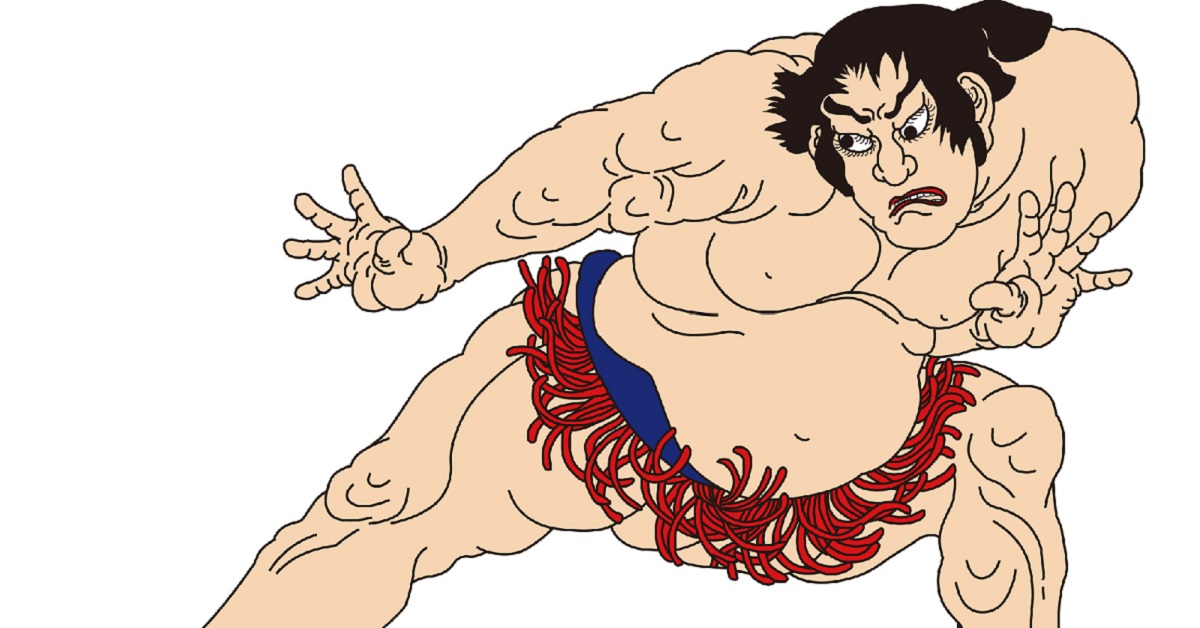The word Kabuki originates from “kabuku” (to lean or deviate), which described people who challenged social norms through eccentric fashion and bold behavior. These individuals, known as “kabuki-mono,” inspired the early “kabuki-odori” dance, which later evolved into Kabuki theater. By understanding this origin, one can see Kabuki not only as entertainment but as a cultural reflection of Japanese history.
The Origin of Kabuki
Kabuki is written with three characters: “歌” (song), “舞” (dance), and “伎” (skill/performer). At first glance, this simply means “the art of singing and dancing.” However, the true origin lies in the verb “kabuku”. Literally meaning “to lean,” the word came to describe those who deviated from social norms and lived in eccentric ways during early Edo Japan.
Those who embodied this spirit were called “kabuki-mono.” They wore flamboyant outfits and behaved in ways that ignored social conventions. While controversial, they fascinated the public and eventually influenced the performing arts.
| Character | Meaning | Role in Kabuki |
|---|---|---|
| 歌 (Song) | Music and dialogue | Essential for storytelling |
| 舞 (Dance) | Dance and body movement | Draws in the audience |
| 伎 (Skill) | Technique, performer | Represents artistry and acting |
Thus, the origin of Kabuki carries a deeper meaning than simply “song and dance.”
Kabuki-mono and Kabuki
The kabuki-mono were the spiritual foundation of Kabuki. From the late Sengoku to early Edo period, they shocked society with extravagant clothes and eccentric behavior. They were not merely rebels; they symbolized a spirit of defiance against established values. This spirit was absorbed into the theater, transforming it into an exciting and relatable form of entertainment for common people.
| Term | Characteristics | Influence on Kabuki |
|---|---|---|
| Kabuku (傾く) | Acting outside of norms, eccentric behavior | Spiritual foundation of Kabuki |
| Kabuki-mono | Men with flamboyant outfits and wild acts | Model for characters and plots |
| Kabuki-odori | Dance imitating kabuki-mono | Direct origin of Kabuki |
In this way, Kabuki developed from the spirit of those who dared to challenge social boundaries.
From Kabuki-odori to Kabuki Theater
The beginning of Kabuki is traced to Izumo no Okuni, who performed “kabuki-odori” in Kyoto in 1603. Dressed in flashy costumes, she performed bold and humorous dances that captivated audiences. Her performances became wildly popular and spread across Japan.
However, women’s Kabuki was eventually banned for moral reasons. It was replaced by “wakashu Kabuki” (young men’s Kabuki), and later by “yarō Kabuki” (adult men’s Kabuki), which emphasized storylines and acting. This evolution shaped Kabuki into a sophisticated theatrical art form.
| Period | Main Performers | Features |
|---|---|---|
| Early Stage | Women | Okuni’s kabuki-odori performances |
| Wakashu Kabuki | Young boys | Popular but banned for moral concerns |
| Yarō Kabuki | Adult men | Direct ancestor of modern Kabuki, focused on acting and drama |
Through this transformation, Kabuki matured from eccentric dance to a rich form of theater.
The Appeal of Kabuki for Foreigners
For foreign audiences, Kabuki’s main appeal lies in its visual splendor and the fusion of tradition and innovation. The vivid makeup known as kumadori, the lavish costumes, and the spectacular stage effects can be enjoyed without understanding the language.
Kabuki is also recognized as a UNESCO Intangible Cultural Heritage, serving as a symbol of Japanese culture admired worldwide.
| Element of Appeal | Example | Foreign Audience Reaction |
|---|---|---|
| Visual Beauty | Kumadori makeup, ornate costumes, sets | Impressed by Japanese aesthetics |
| Tradition & Innovation | Preserving classics while adding new themes and technologies | Surprised by cultural uniqueness |
| Global Recognition | UNESCO Intangible Cultural Heritage | Appreciation of cultural value |
The Role of Kabuki in Modern Japan
Today, Kabuki continues to thrive as a living tradition. Major theaters such as the Kabuki-za in Tokyo hold regular performances that attract a wide range of audiences. To make Kabuki more accessible, performances with English subtitles and new productions based on anime or modern stories are also staged.
| Modern Initiative | Details | Purpose |
|---|---|---|
| English Subtitles | Translations displayed during shows | For tourists |
| New Kabuki Plays | Based on anime and modern literature | Attract young fans |
| Shortened Versions | Condensed 2-hour performances | For beginners |
This shows that Kabuki is not a relic of the past but a cultural art form that continues to evolve.
Kabuki Abroad and Its Evaluation
Kabuki is not limited to Japan; it has also been highly praised overseas. Performances have been held in the United States and Europe, where audiences see it as a unique expression unlike Western theater.
| Country/Region | Features of Performances | Audience Reaction |
|---|---|---|
| USA | Performed in major cities like NYC | Strong interest in Japanese culture |
| Europe | Staged in London and Paris, compared with opera | Admired for artistic depth |
| Asia | Performed in Taiwan and China as part of cultural exchange | Seen as both familiar and exotic |
Overseas performances often provide guides and translations, enabling audiences to enjoy not only the spectacle but also the depth of the stories.
Conclusion
The origin of Kabuki lies in “kabuku” (to deviate), rooted in the spirit of the kabuki-mono who defied conventions. From this, Okuni’s kabuki-odori emerged, evolving into yarō Kabuki and eventually into the Kabuki we know today. Kabuki is more than visual entertainment—it reflects Japan’s history, values, and cultural identity.
Even today, Kabuki continues to innovate, making it accessible to modern and international audiences, while also receiving global recognition. For foreigners, Kabuki provides a unique opportunity to experience Japanese aesthetics and spirit in a way that goes beyond language.






